13 Strategies to Burn Body Fat Faster Than Ever, From a Champion Bodybuilder
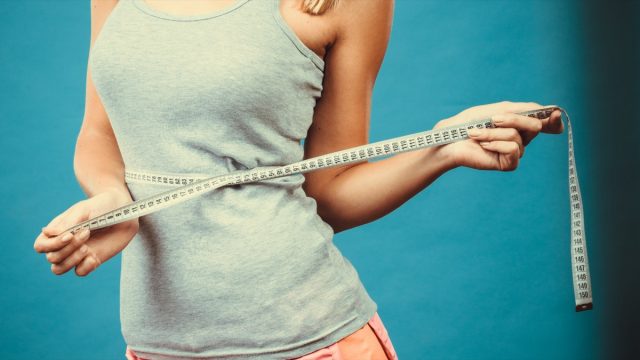
So, you revamped your lifestyle. Not only are you working out regularly, you are committed to a healthier diet as well. But still, you aren't losing weight as fast as you would like. Certified fitness trainer, Jason Kozma, aka Mr. America and Mr. Muscle Beach, is a champion bodybuilder who trains clients at Santa Monica-based High Performance Personal Training. According to Kozma, there are a bunch of things you can do in order to accelerate fat loss and lose weight. Here are 13 strategies to help you burn body fat faster.
Caloric Deficit
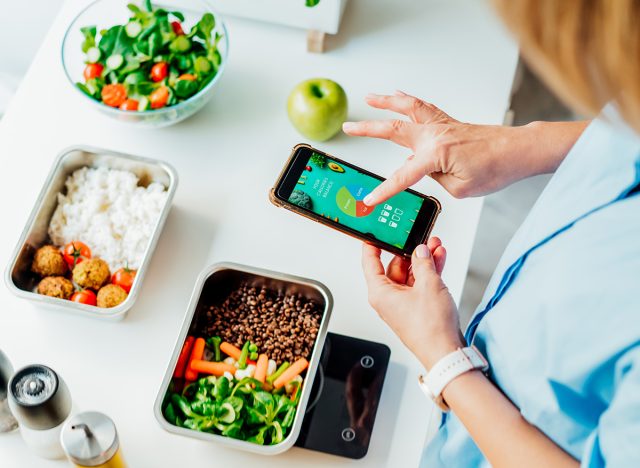
The first thing Kozma recommends is staying in a caloric deficit. "Create a caloric deficit by increasing your energy expended and adjusting your calories taken in," he says.
High Protein Diet
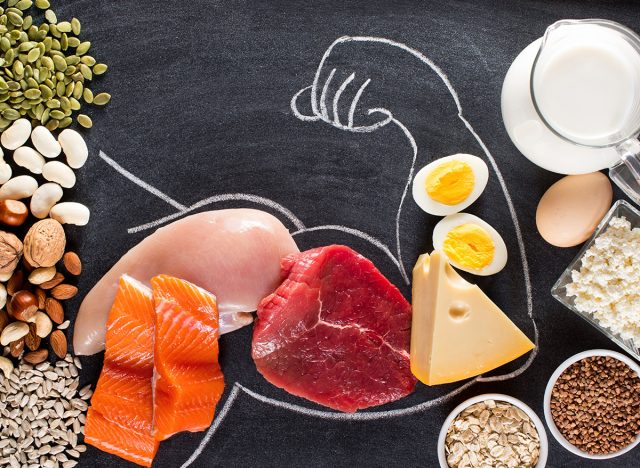
Next, he recommends following a high-protein diet. "Protein feeds the metabolic rate and helps you to feel full and satisfied from meals," he explains.
Strength Training
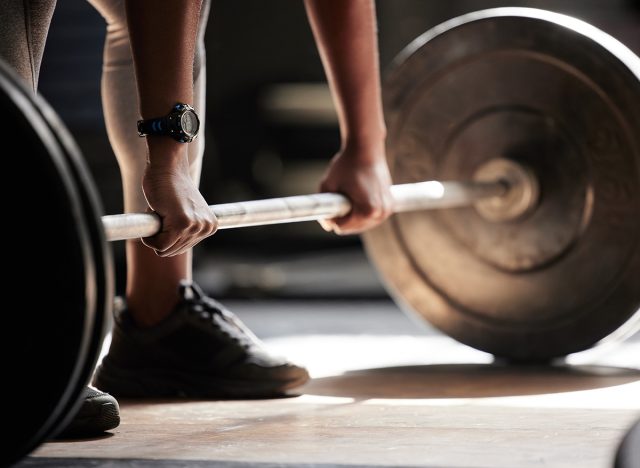
As for exercise, strength training is efficient for fat loss. "The base of your workout routine should be resistance training. It builds lean muscle mass, which increases your metabolic rate," Kozma says.
HIIT Workouts
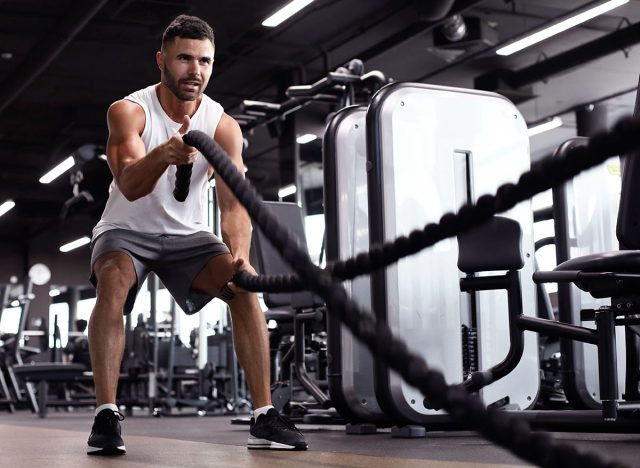
If you want to maximize the bang for your workout buck in terms of fat loss, try HIIT workouts. "High-intensity interval training (HIIT) burns more energy in less time when you are short of time," Kozma says.
RELATED: 11 Top Fitness Trends Right Now, According to an Industry Expert
Cardiovascular Exercise

Also, amp up cardio workouts, says Kozma. "If you have significant fat to lose you need to add cardio exercise like running, cycling, or swimming to burn fat and improve cardiovascular health," he explains.
Time Meals with Exercise
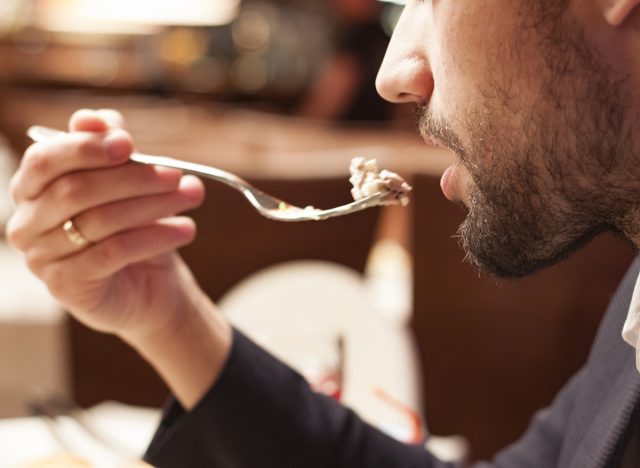
It's not just what you eat, but when you eat that matters when it comes to fat loss. "Eat at least 30 grams of protein within 30 minutes of waking and space meals 3 hours apart to radically speed up your metabolism," instructs Kozma. "Don't eat within 3 hours of going to sleep."
Stay Hydrated

Hydration will also help you burn fat. "Drink 100 oz of water throughout the day to stay hydrated and support your body's fat-burning processes," says Kozma.
Eat Natural Foods
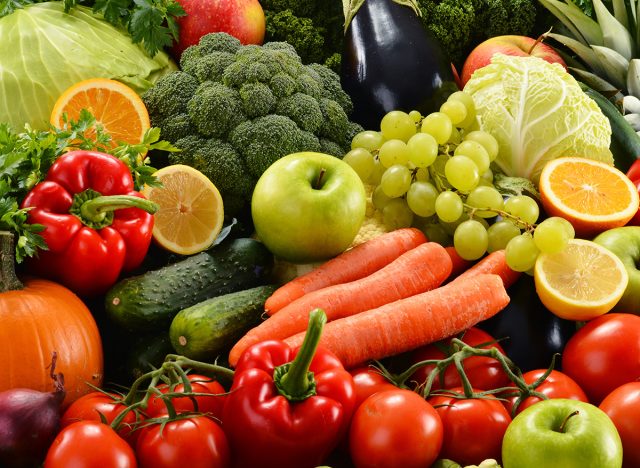
Kozma recommends eating natural foods. "Use natural foods rather than food in packages," he explains.
Limit Processed Foods

Also, limit processed foods. "Avoid packaged and man made foods. Minimize your intake of processed foods, sugary snacks, and sugar containing beverages," he says. "Your body doesn't recognize them as food and stores them as fat."
Get Enough Sleep

Getting sleep will help you burn fat, Kozma states. "Most people need 7 to 9 hours of sleep to support optimal hormone function, muscle and bone repair, mental acuity, and metabolism," he says.
Manage Stress

You also need to manage stress levels. "Try meditation, mindfulness or yoga to clear the mind," Kozma encourages. "Chronic stress creates cortisol which can contribute to weight gain and other negative side effects. Steady state cardio can help with this, or any activity you truly enjoy that keeps you present."
Track Progress

Kozma recommends tracking your progress. "Keep track of your food intake, body measurements, progress photos, to ensure progress towards your goals," he says.
RELATED: 10 Tips For Effective Fat Loss Without Extreme Dieting
Be Consistent

Finally, be consistent. "If you're that person who's at the gym one month per year, that's not going to do it," Kozma points out. "Consistency is key to success in all things. Stick to these healthy habits over time to see lasting results in burning body fat."
💪🔥Body Booster: In order to maximize fat burn, don't stick to one workout. Instead, do a mixture of strength training, cardio, and HIIT workouts.




